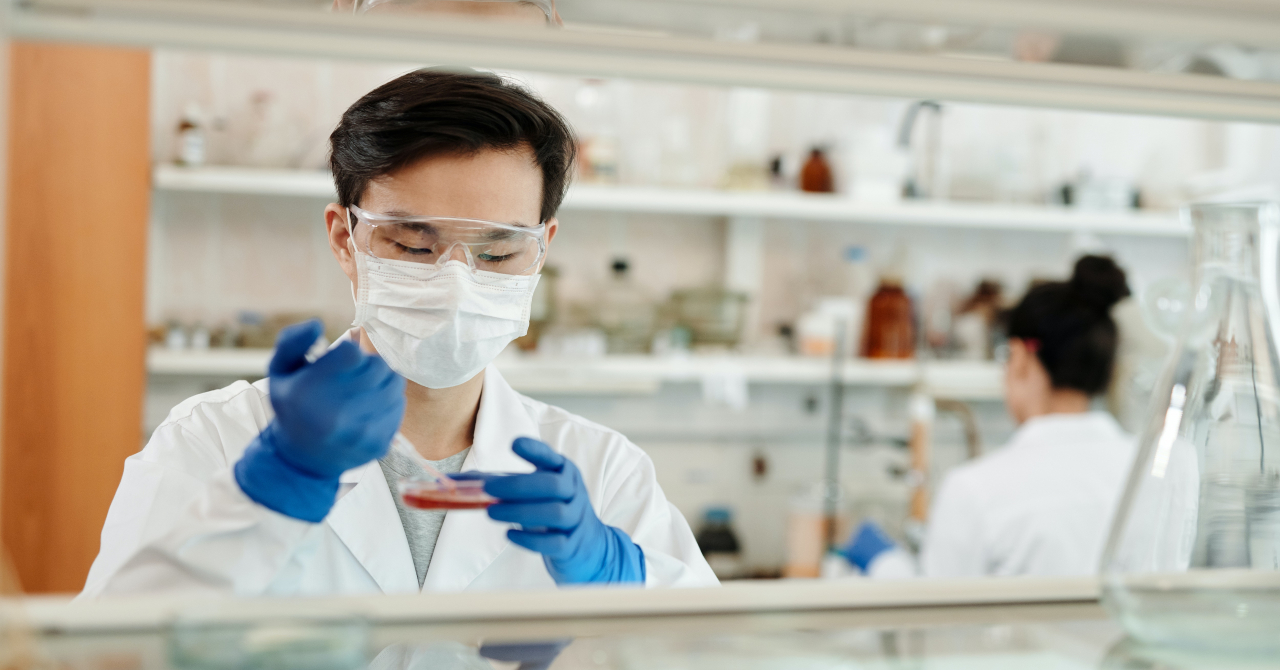According to AZO Cleantech, researchers at Penn State University published a new study in the Journal of Food Engineering, demonstrating how light can be a great tool for food sanitization.
Ali Demirci, Professor of Agricultural and Biological Engineering, Penn State, said that "any improvements to prevent illness or save lives would be the best outcome of this research."
The technology used by the researchers is called pulsed light disinfection, which implies using intense flashes of white light, and they aimed to tackle food bacteria such as Salmonella and E. coli.
Pulsed light technology can be a cleaner, risk-free alternative to the current methods of sanitization used by the food industry.
The team of scientists believe that this technology can also be used for other applications, such as for hospitals and treating plants.
"We want to reduce the number of foodborne disease fatalities to zero", Demirci added.
Ultraviolet radiation was used throughout the food industry ever since the 1960s for food sanitization, but this technique implied low-intensity long-duration exposure.
By using pulse light, the power concentration in the light is higher, thus more bacteria is being killed by using short bursts of powerful light.
Ed Mills, Associate Professor of Meat Science, Penn State, added that "we are using pulsed light instead of continuous light, which takes advantage of the stored energy in a pulse, so we can deliver more power in less time."
Light sensitivity varies from one type of bacteria to another and they will continue to improve the technology to ensure the best performance for each type of bacteria.
"When used in an appropriate setting, it can offset a chemical sanitizer or a water-based disinfectant. As with any novel technology, it will continue to develop and hopefully will provide us with an effective and efficient tool for sanitation in a range of environments and industries", Demicri added.
The new technology could also have benefits for the environment, as less chemical-based sanitizers may be needed in the future for the food sector.
 Mihai - Cristian Ioniță
Mihai - Cristian Ioniță












Any thoughts?